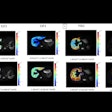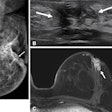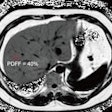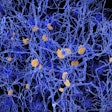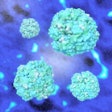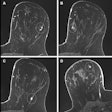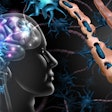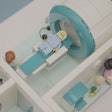Dear MRI Insider,
How might the addition of gadolinium contrast to an MRI scan improve the diagnosis of a common form of shoulder pain and stiffness among adults 50 and older? The answer to that question was the topic in a presentation at the American College of Rheumatology annual meeting in Atlanta.
Gadolinium-enhanced MR images allowed Japanese researchers and clinicians to better visualize the downside of polymyalgia rheumatica, which causes inflamed ligaments, rotator cuff tendinitis, and other musculoskeletal ailments. The contrast-enhanced MRI scans also provided direction on the condition's possible recurrence. The details are available in the Insider Exclusive.
Speaking of gadolinium contrast, researchers from Georgia State University may have developed an agent that could prove safer and more effective than existing gadolinium-based contrast agents (GBCAs). The new material could enable the visualization of liver tumors as small as 0.1 mm to 0.2 mm on MRI scans, while requiring less gadolinium than existing GBCAs.
Two facilities in Sweden have reported incidents in which MRI safety protocols were breached. In October, a hospital staffer got stuck outside the MRI gantry during a scan, with his head reportedly trapped outside the machine. Investigators believe a weighted vest the staffer was wearing was to blame, but the question is, why was he wearing a vest with apparently ferromagnetic materials so close to an operating MRI magnet?
As this incident was being investigated, news came in of a second MRI incident in Sweden, this one occurring earlier in the year. In April, a staff member was wearing a metallic ankle band with steel balls, and the person's leg reportedly got stuck to the scanner. The staffer was not injured, but the system was shut down for more than two weeks.
In other news, PET/MRI scans show middle-aged adults with high vascular risk factors have less whole-brain volume by the time they reach their late 60s, but their lifestyle and physical characteristics do not influence beta-amyloid accumulation. While the results confirm the need for a concerted reduction in vascular risk factors in middle age, there is some solace in the findings that these risk factors among subjects in their 30s do not appear to influence beta-amyloid accumulation.
Finally, researchers at the University of Pittsburgh Medical Center compared contrast-enhanced digital mammography and molecular breast imaging against MRI to see which modality can best identify breast cancer. The findings are available in this report.
Be sure to stay in touch with the MRI Community on a regular basis for coverage of news and research developments around the globe.


.fFmgij6Hin.png?auto=compress%2Cformat&fit=crop&h=100&q=70&w=100)
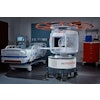
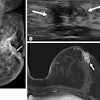
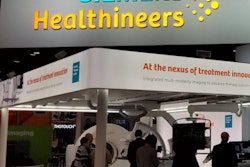


.fFmgij6Hin.png?auto=compress%2Cformat&fit=crop&h=167&q=70&w=250)

